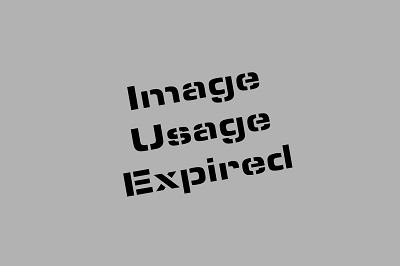In the holiest room on earth, the Holy of Holies, on top of one of the holiest objects in existence, the holy Ark, stood two figures - the “Keruvim”. The Keruvim were two figures carved out of solid gold, each with the appearance of a human face and wings that stretched heavenwards. The Gemara explains that one symbolized the Jewish nation and the other symbolized Hashem Himself.
One would imagine that Hashem would be represented by perhaps a cloud, similar to the Clouds of Glory, or perhaps a fire, similar to when He first appeared to Moshe at the burning bush. Why would Hashem specifically choose a human face to represent Himself? What was Hashem relaying to us by doing so?
We can answer this by addressing another question: when the Jewish nation traveled through the desert they complained on multiple occasions. They complained when their food rations were scarce, when their water supply ran low, etc. Why? Didn’t they realize that Hashem, the Omnipotent, was taking care of them with an abundance of open miracles and that they had nothing to fear?
Furthermore, even while being flanked by the Clouds of Glory, the Jews questioned: “is Hashem with us?” (17:7). R' Shamshon Raphael Hirsch points out that this question seems ludicrous. How was it possible for the Jews - the same people who watched the 10 plagues, witnessed the splitting of the sea, etc. and were currently surrounded by the Clouds of Glory - to question Hashem’s involvement with them?!
R' Shamshon Raphael Hirsch answers as follows: when the Jews complained and questioned Hashem, they were neither doubting Hashem’s power nor His might. Rather, their sole question was whether or not such a powerful Hashem really cared to busy Himself with the mundane needs of an individual person. For why would such a powerful Hashem really care about our earthly needs, desires, peace of mind or happiness? This was precisely what they were challenging when they complained about their food and water rations running low. This is illustrated by the fact that at those instances they only complained to MOSHE and not to Hashem. They felt that Hashem wouldn't busy Himself with man's relatively insignificant and mundane needs, and that the only person who would take their complaints and worries seriously was Moshe.
In order to understand where the Jews were coming from and why it took so long for them to realize their mistake, we have to take a look at history. The Ramban explains that in ancient times most people believed in G-d, however, the prevalent belief was that after He created the world He stopped caring about the small details of day to day life. Some idolaters believed He stopped being involved with the world altogether. Other idolaters believed that He only involved Himself with large world events. NOBODY thought Hashem cared to be involved with the lives of regular people, for why would He?
The Keruvim were intended to dispel this notion. The fact that both of the Keruvim had human faces was not the result of Hashem deciding to give Himself a mundane appearance. Rather, it was a reminder that Hashem, in a sense, gave us a G-dly one*. Hashem imprinted on us a G-dly appearance in order to convey to us that He regards a human being as the most spiritually capable and important creature in all of existence! Indeed, Hashem feels that there is no greater creature to bear a likeness to His image. The message of the Keruvim, and the fact that the figure which represented ourselves had the very same image as the one that represented Hashem, is to teach us just how much potential EVERY human being possesses.
Living Inspired
At times, we too may be skeptical of the fact that we are incredibly important to Hashem and valuable enough to deserve His unwavering attention. We may wonder whether He cares about our needs, desires, and happiness and whether He cares to be involved with even the smallest details of our lives. This outlook is mistaken and severely off course. So vital is the understanding of how important we are to Hashem and to creation that Hashem chose the image of man to represent Himself, and this image was displayed for all to see in the holiest room within the holiest building atop the holiest object in existence!!
So, the next time you need something, talk directly to Hashem. He very much cares to hear from you and to be involved in every single aspect of your life. After all, you are His most prized possession.
______________________________________________________________________________________________________________________________________________________
- This week’s Dvar Torah was inspired by an insight from my father.
*- As the Torah states, man was fashioned in G-d’s image (Bereishis 9:6; Devarim 21:23 - see Rashi).














